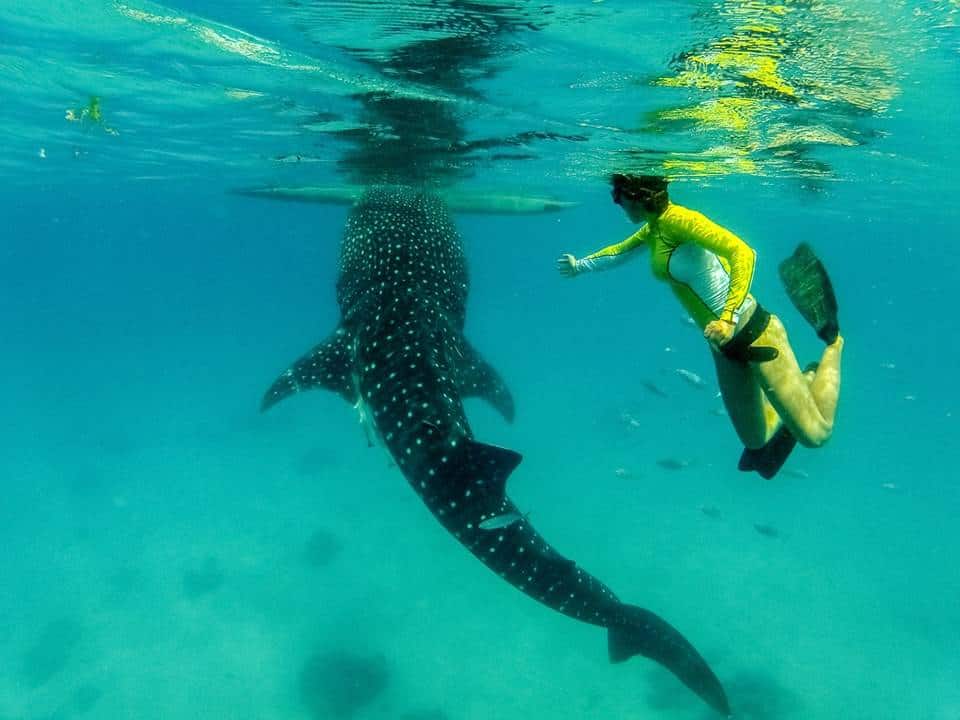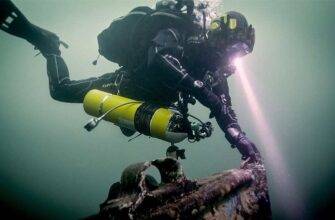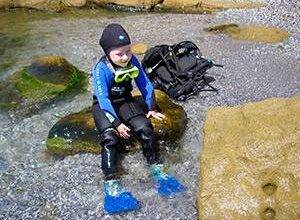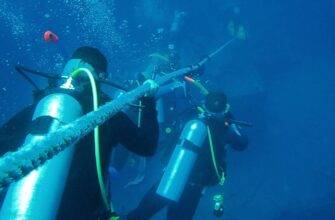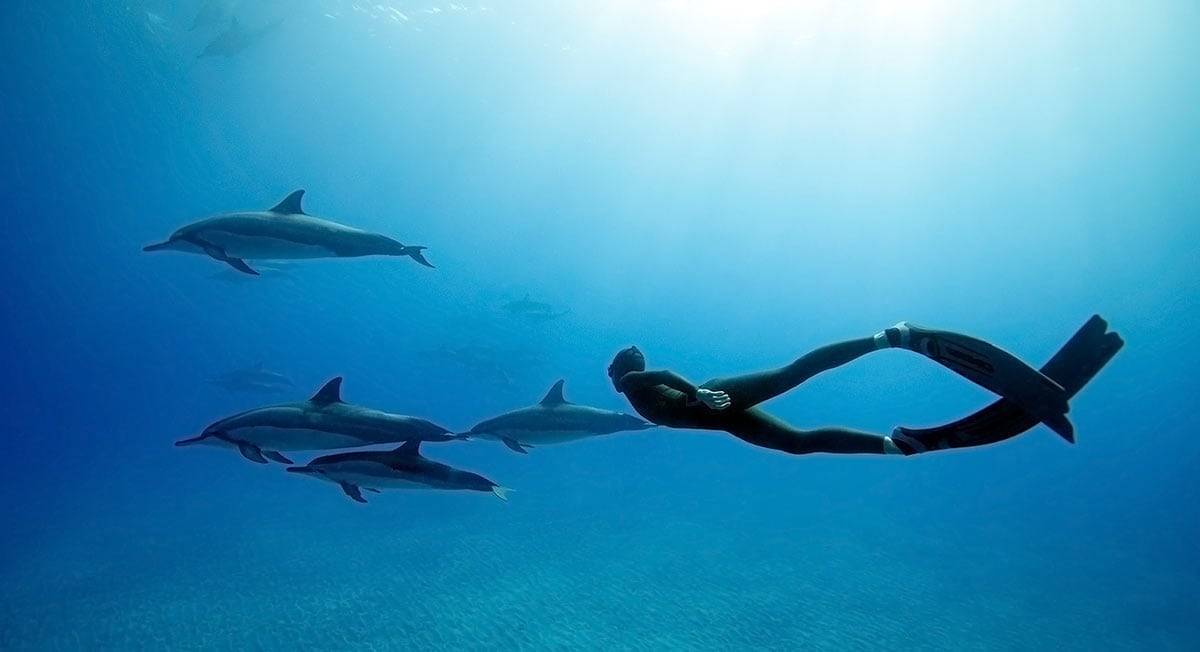
Freediving is free diving, a form of underwater swimming where you hold your breath. This form of diving in the water dates back to Attic times, but it is still actively used today. And both for commercial and sports purposes.
The main principle of such a dive into the water – the ability to hold your breath correctly. That is, the body should be as oxygenated as possible and the diver is completely relaxed. After all, it is the ability to relax is one of the most important aspects of holding your breath.
In fact, some divers meditate before diving..
Freediving: holding your breath
If you control your breath, you control your life. This is the basic principle of yoga, and it fits freediving like nothing else.
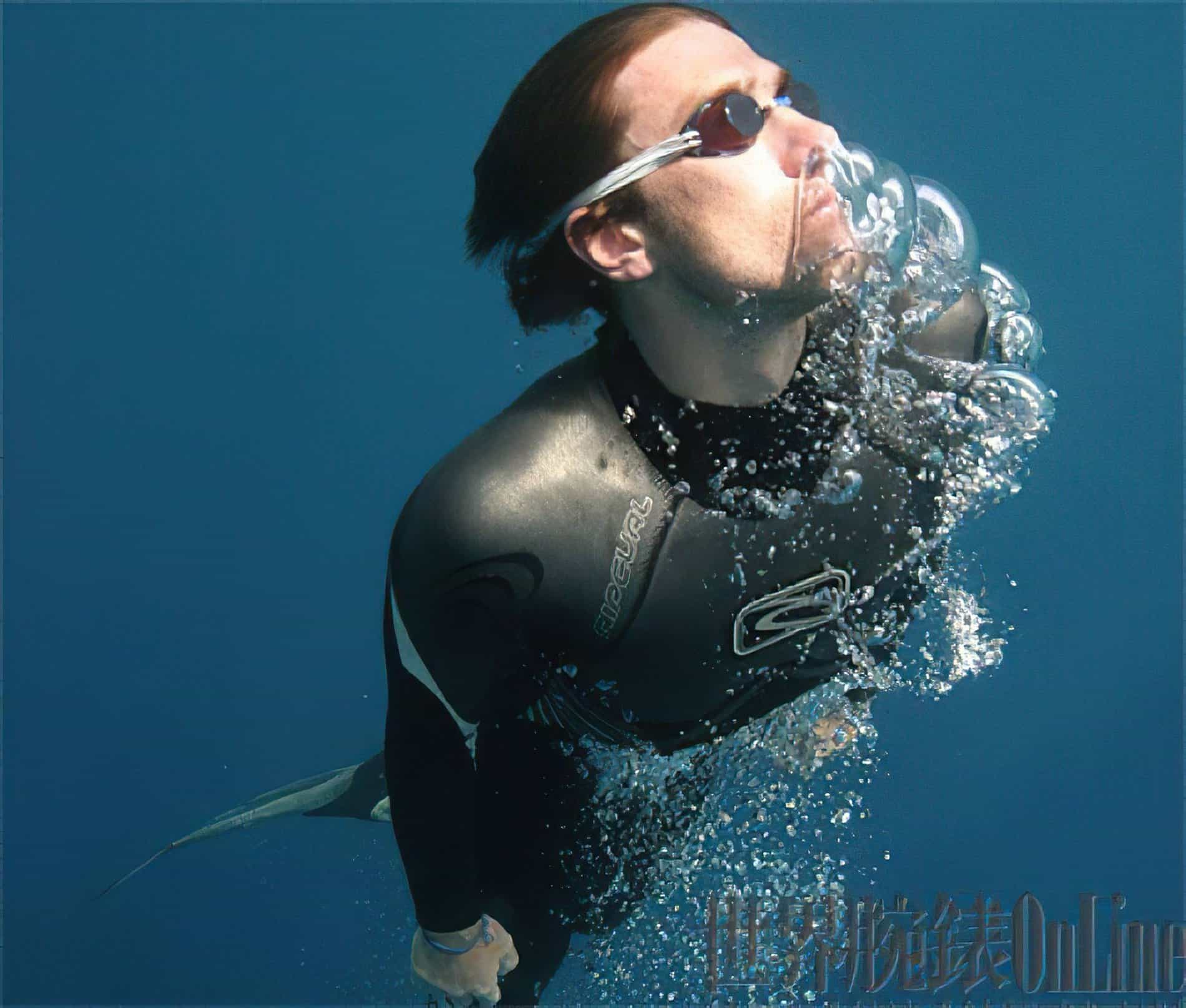
The principle of freediving is as follows: first the breath is slow and deep. Then you start to breathe in. We inhale first with the lower part of the lungs, then with the middle and upper part of the lungs. We achieve it due to relaxation of muscles of a bottom part of a stomach, a diaphragm, a breast. Breathing out is done in the reverse order.
By the way, small children use abdominal breathing, so if you have no idea how this process happens, look at the kids.
By the way, the duration of the exhalation can be longer than the inhalation. Very important is the first exhalation, which a person makes after diving to the surface. It should not be sharp or deep. It is very dangerous.
The minimum that can happen to the body is dizziness (the worst is blackout – loss of consciousness due to oxygen starvation).
It is advisable to breathe this way – to make the first exhalation through the compressed lips. To do this, it is necessary to let out only half of the air. In the second exhalation, 75% of the lung volume can be emptied. And only on the third exhalation the lungs are emptied completely.
Exercise Technique
It is best to train with a trainer. In this case, the program is developed specifically for you. All aspects of health and capabilities of the body are taken into account.
If you have decided to train yourself, then use the following training scheme: classes five times a week, of which two days train on simulators, three days – in the pool. The classes should be alternated.
The rest of the time you should rest. The duration of exercises in the pool is from 45 minutes to one and a half hours. Stay in the gym for about an hour. Use the principle of “pyramidal training”.
And remember, the better you train on land, the safer everything will be under water. We recommend An article about world records for holding your breath.
Read More: